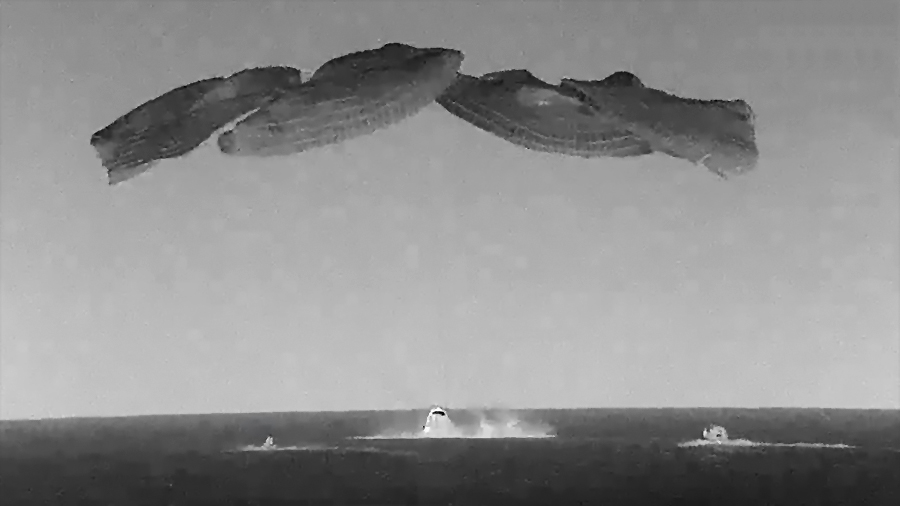
Four astronauts from Germany and the United States returned safely to Earth early Friday, wrapping up almost six months aboard the International Space Station (ISS). Crew-3 Commander Raja Chari, Pilot Tom Marshburn—who relinquished his position as Expedition 67 skipper earlier this week—and Mission Specialists Kayla Barron and European Space Agency (ESA) astronaut Matthias Maurer splashed down off the coast of Florida at 12:43 a.m. EDT aboard Dragon Endurance.
The quartet logged 177 days, two hours and 40 minutes in flight and completed over 2,700 orbits of Earth. They welcomed or bade farewell to eight crewed and uncrewed visiting vehicles, supported hundreds of research experiments and completed three sessions of Extravehicular Activity (EVA), totaling 20 hours and 20 minutes of spacewalking time.
Launched at 9:03 p.m. EST last 10 November, atop a previously-flown Falcon 9 booster from historic Pad 39A at the Kennedy Space Center (KSC) in Florida, Crew-3 rose smoothly to orbit aboard the brand-new Dragon Endurance, a ship they had named in honor of the “tenacity of human spirit” throughout the COVID-19 pandemic. It also offered a tip of the hat to Sir Ernest Shackleton’s pioneering vessel of Antarctic exploration.
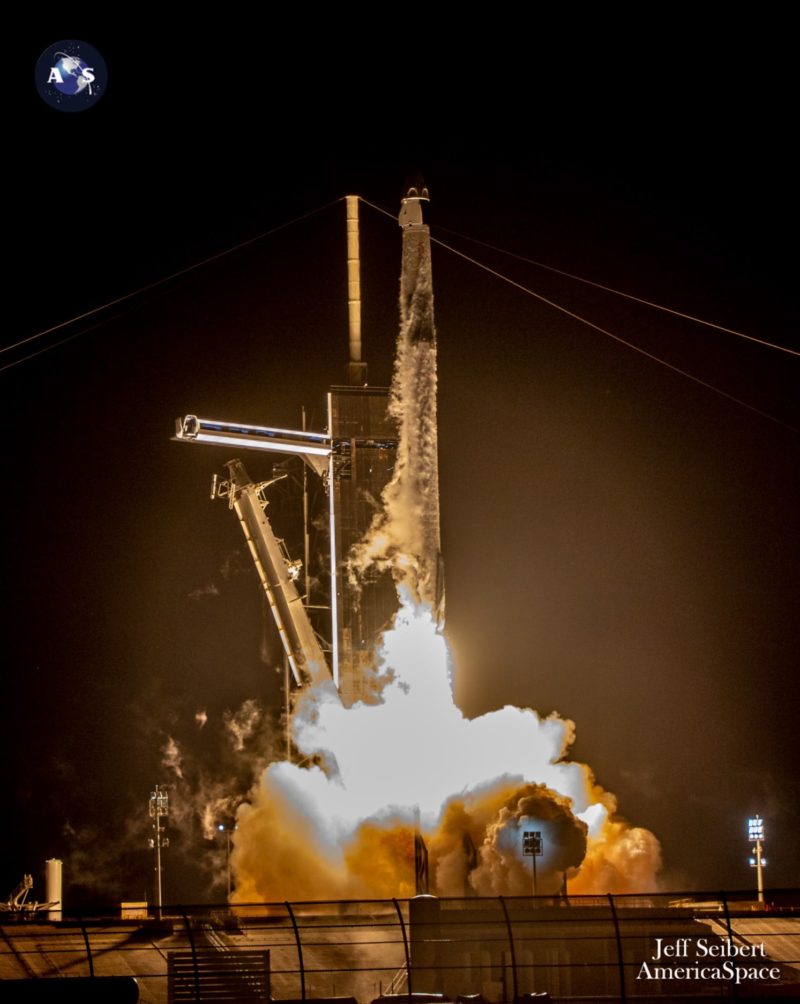
And Shackleton’s voyage clearly remained on Crew-3’s collective mind as their increment progressed. On New Year’s Day, Chari tweeted images of Antarctica as the station flew over the coast of South America; “the same area,” he mused, “that Shackleton explored long ago with his crew, #Endurance.”
Incidentally, Chari & Co. also rode the selfsame Falcon 9 which, a little over five months later, would deliver their replacements, the Crew-4 team of Commander Kjell Lindgren, Pilot Bob “Farmer” Hines and Mission Specialists Jessica Watkins and Italian ESA astronaut Samantha Cristoforetti, to the station.
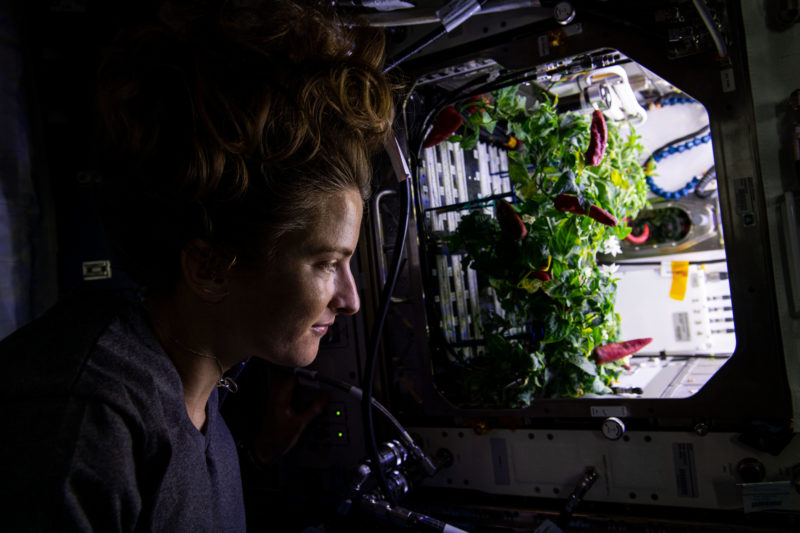
With crew members spanning four decades of life—44-year-old Chari and 51-year-old Maurer, bookended by the youngest and oldest long-duration ISS residents, 34-year-old Barron and 61-year-old Marshburn—the Crew-3 team reached the station 21 hours after launch. They docked autonomously at the forward-facing port of the Harmony node at 6:32 p.m. EST on 11 November.
Originally scheduled to fly around Halloween, several weather-related delays prompted the Crew-2 astronauts to return to Earth before Crew-3’s launch. This resulted in an undesirable “indirect handover” situation, in which the ISS was left with only a single U.S. occupant for a few days.
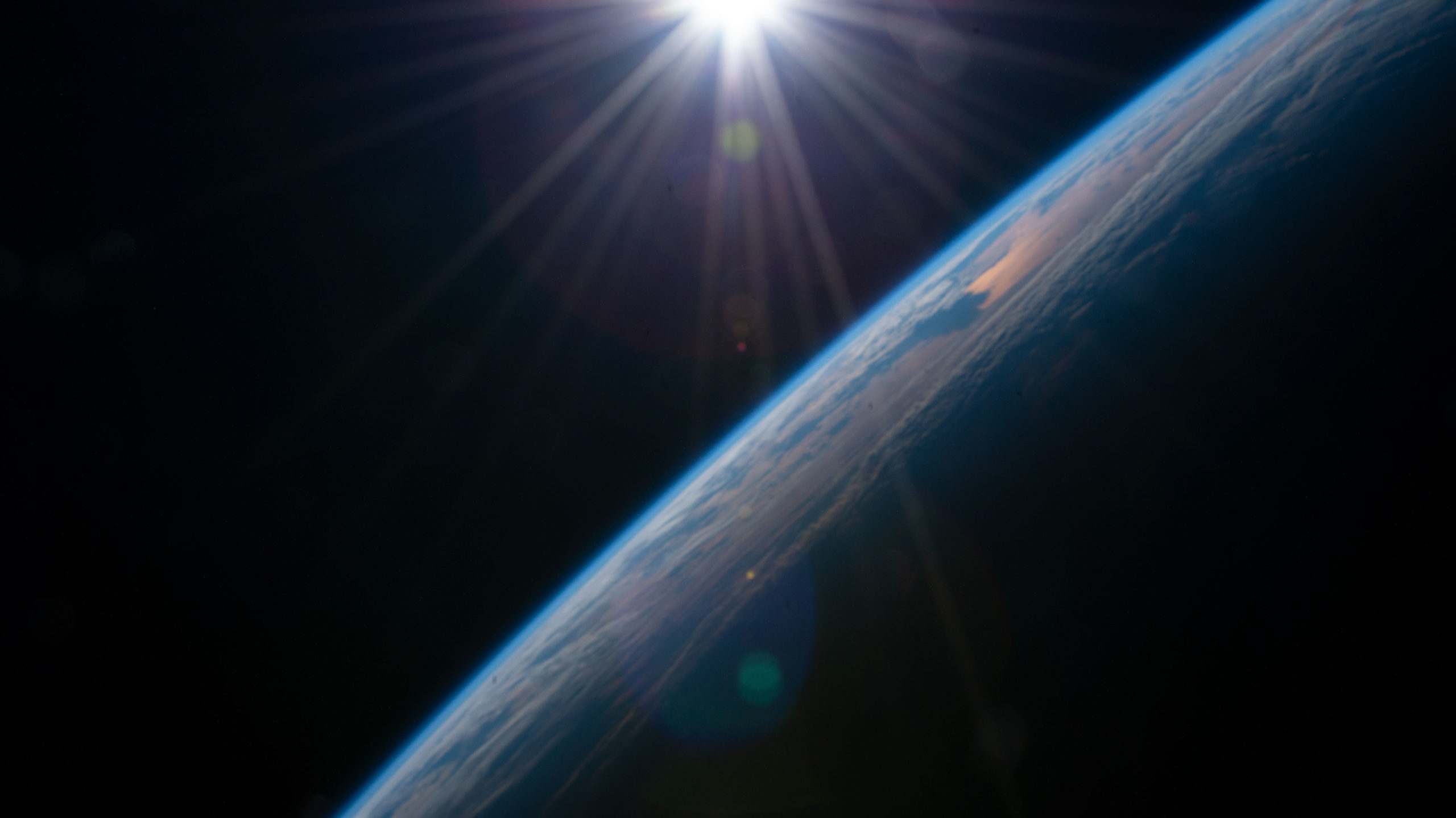
Chari, Marshburn, Barron and Maurer were welcomed aboard the station by Expedition 66 Commander Anton Shkaplerov, his Russian crewmate Pyotr Dubrov and NASA astronaut Mark Vande Hei. But within days, a much-publicized Anti-Satellite (ASAT) test by Russia produced a substantial debris cloud in low-Earth orbit.
This prompted the closure of ISS radial hatches and a retreat of the seven-strong crew to their respective spacecraft. The Crew-3 astronauts buttoned themselves into Dragon Endurance, whilst Shkaplerov, Dubrov and Vande Hei did likewise aboard Soyuz MS-19.

The ASAT test drew strong condemnation from around the world, but during his change of command remarks at the end of March, Shkaplerov made light of the incident. “Some satellites tried to kill us,” he quipped, to uproarious laughter from his crewmates.
A packed manifest of eight visiting vehicles—crewed and uncrewed—lay ahead. Within a week of arrival, Chari, Marshburn, Maurer and Vande Hei busied themselves loading trash aboard Northrop Grumman Corp.’s NG-16 Cygnus cargo ship, which unberthed from the station early 20 November and was destructively deorbited the following month.
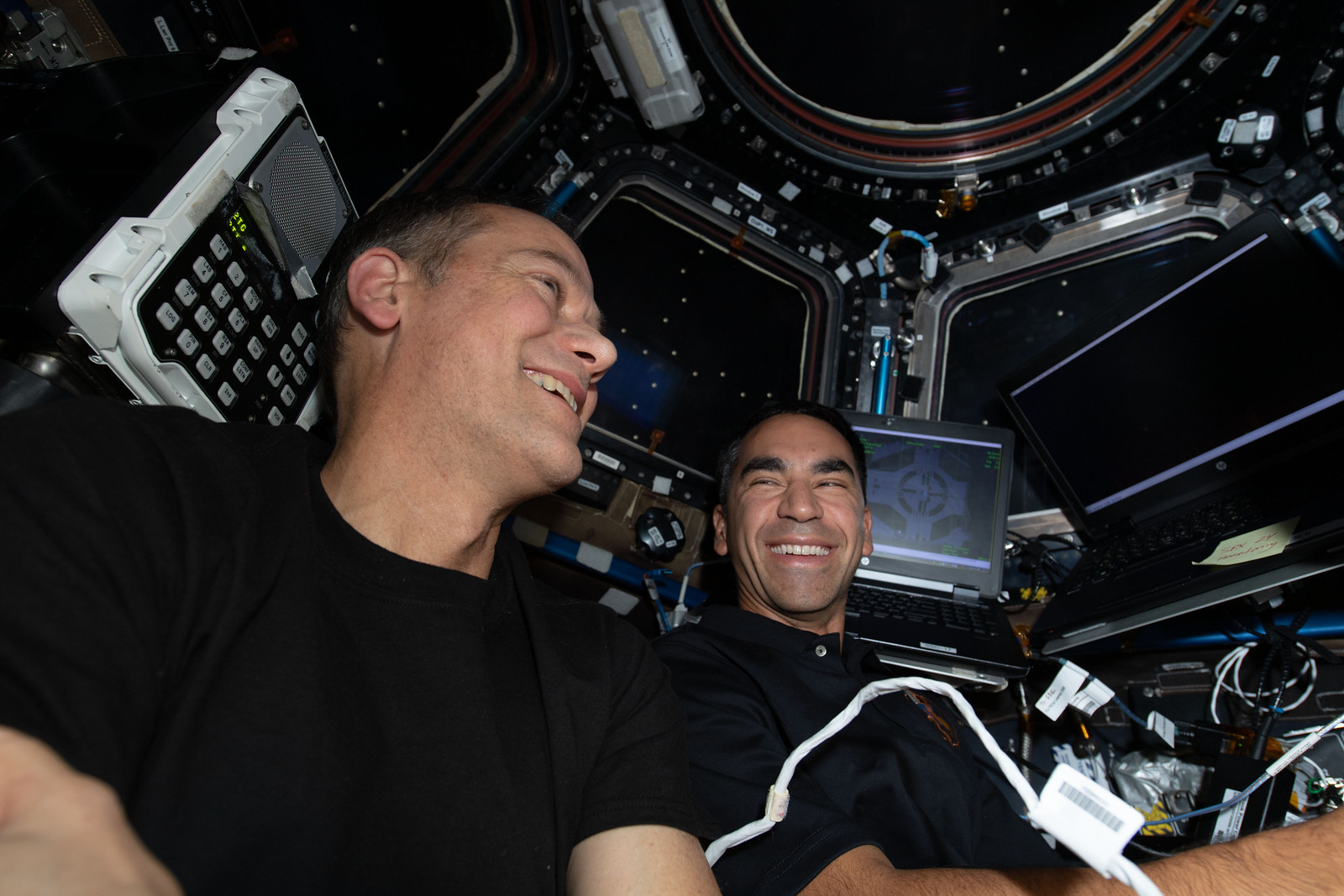
Then, a couple of days before Christmas, SpaceX’s CRS-24 Cargo Dragon, flying under the second-round Commercial Resupply Services (CRS2) contract with NASA, delivered payloads, equipment and supplies. It spent a month docked at the space-facing (or “zenith”) port of Harmony, before returning to Earth and a smooth oceanic splashdown in late January.
One of the payloads brought back home aboard this Cargo Dragon was the long-serving Light Microscopy Module (LMM). It wrapped up more than 12 years of service as a key research facility on the ISS.
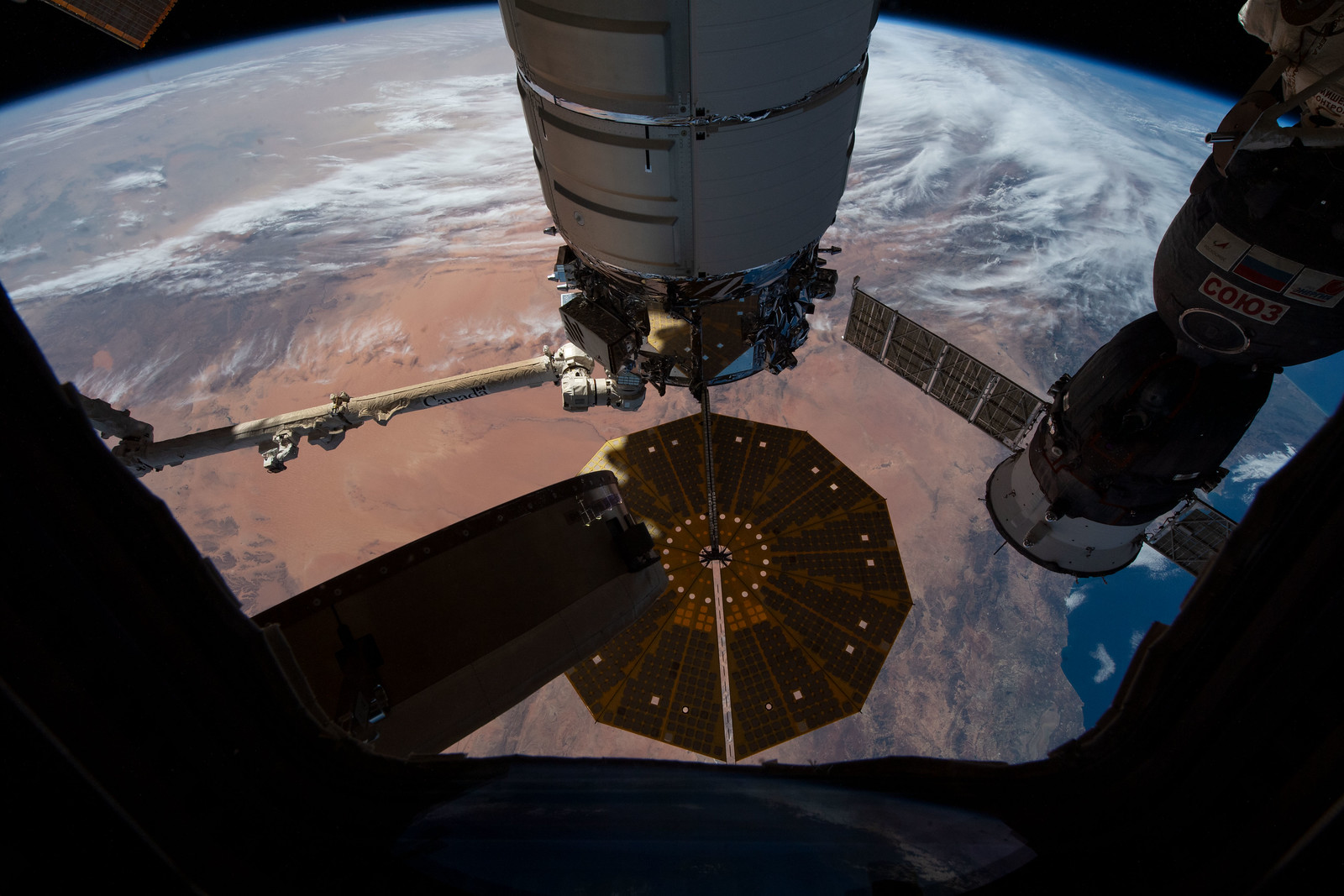
And in late February, Northrop Grumman’s NG-17 Cygnus—named in honor of the late shuttle astronaut Piers Sellers—took up residence. It will remain attached to the station through late May.
“We are ready for new science covering all the ‘-ologies’,” tweeted Chari, “from molecular mechanism behind cell aging to modeling material flammability.” But Chari seemed particularly impressed by another of NG-17’s cargoes: ice cream.
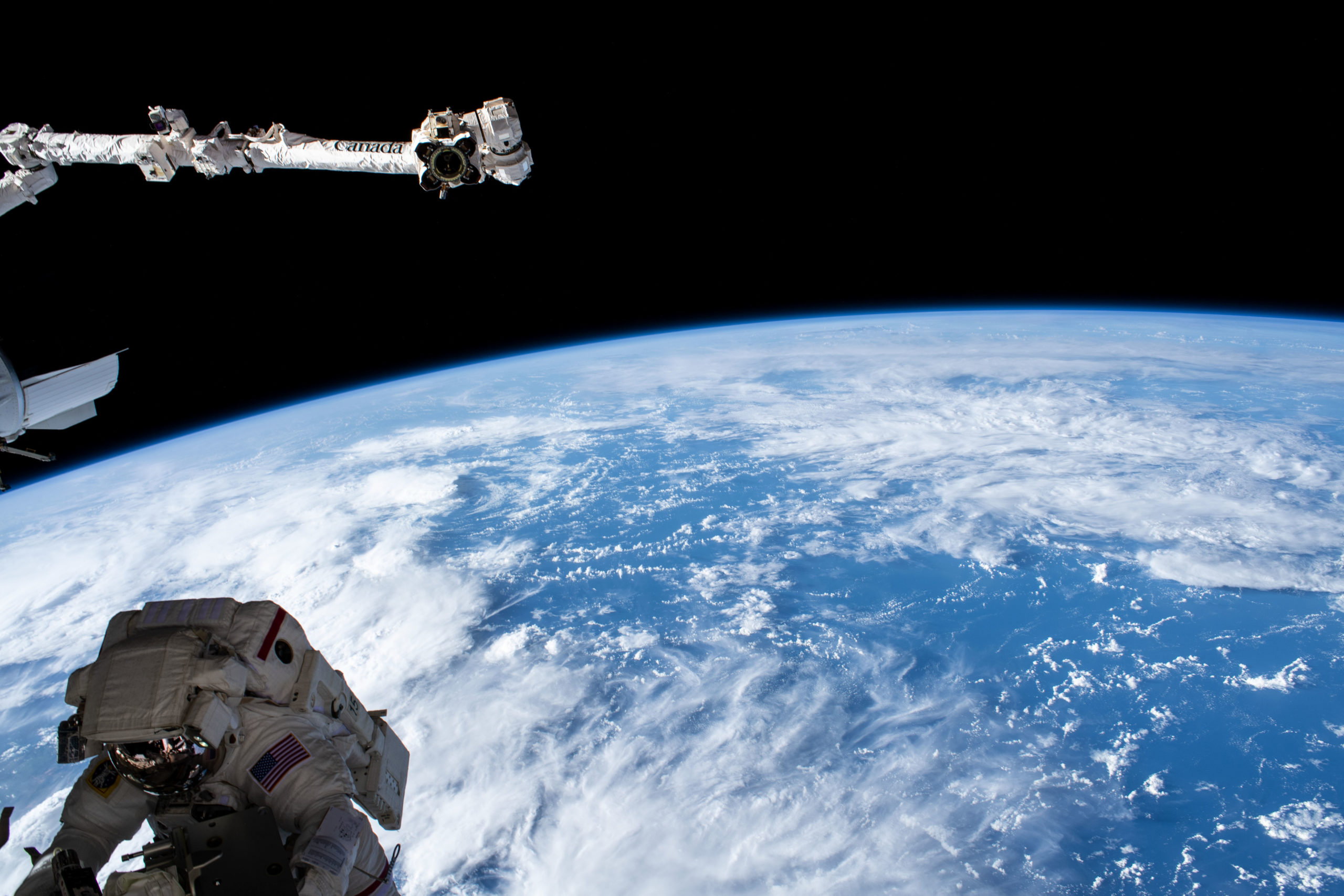
Following the arrival last summer of Russia’s Nauka lab, the main focus of the Russian Operational Segment (ROS) last winter was the late November arrival of the Prichal docking node. This spherical module furnishes the nadir port of Nauka with one longitudinal and four radial docking interfaces.
More recently, Russia’s Progress MS-19 cargo ship arrived in mid-February, with an expectation that it will stay until early fall. A pair of high-profile crewed visiting missions also took place during Crew-3’s increment.
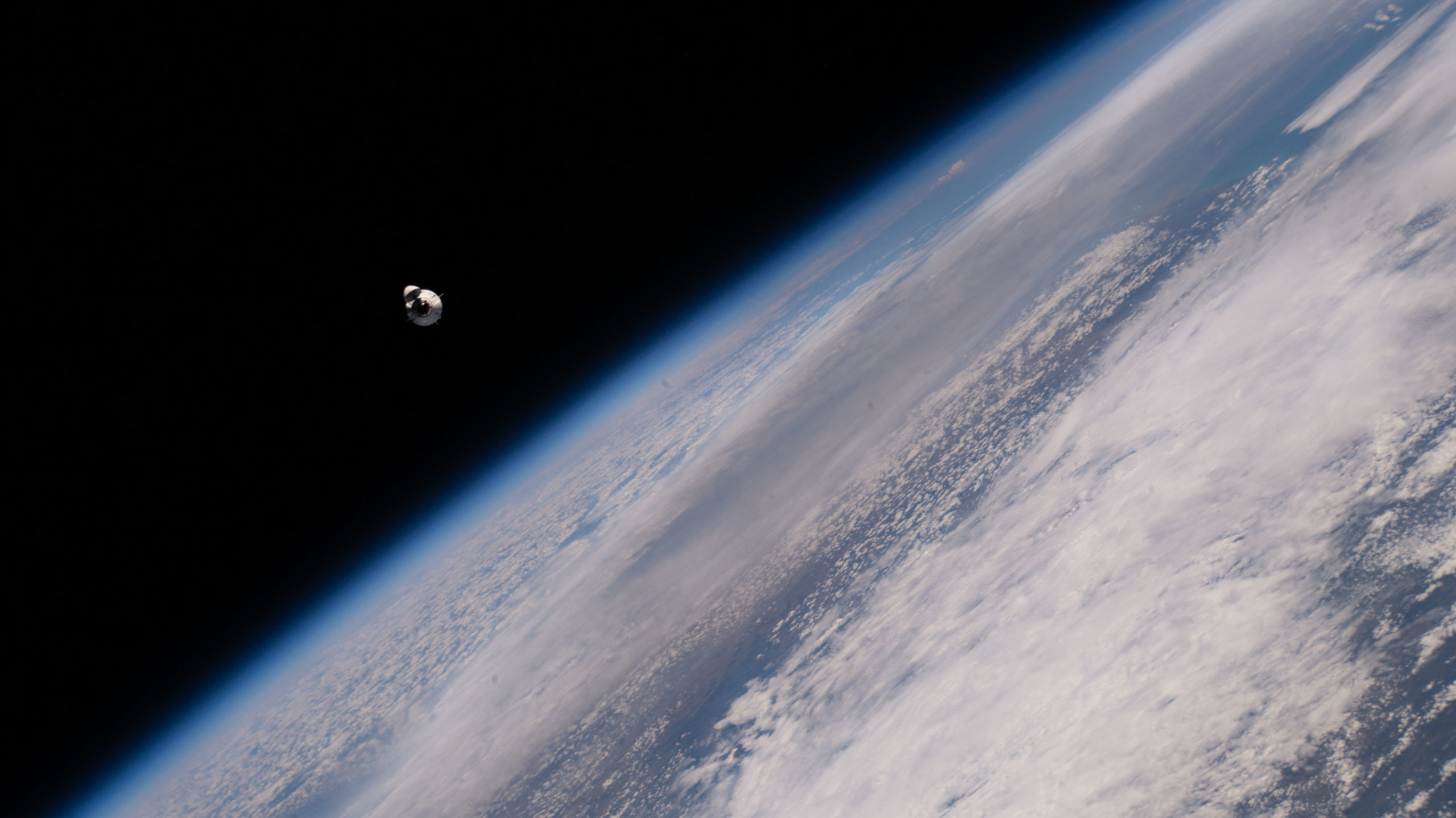
The first, last December, was Soyuz MS-20, crewed by Russian cosmonaut Aleksandr Misurkin and Japanese Spaceflight Participants (SFPs) Yusaku Maezawa and Yozo Hirano. And the second, just a few weeks ago, was historic Ax-1 by Dragon Endeavour, conducted on behalf of Houston, Texas-based AxiomSpace, Inc.
Crewed by former shuttle and ISS astronaut Mike Lopez-Alegria, the Ax-1 crew of entrepreneurs Larry Connor of the United States, Mark Pathy of Canada and Israel’s Eytan Stibbe conducted 25 scientific, educational and outreach experiments aboard the sprawling orbital complex. But their delayed return to Earth, impaired by unacceptable recovery weather, had a domino-like effect on the launch of Crew-4 and the subsequent return of Crew-3.
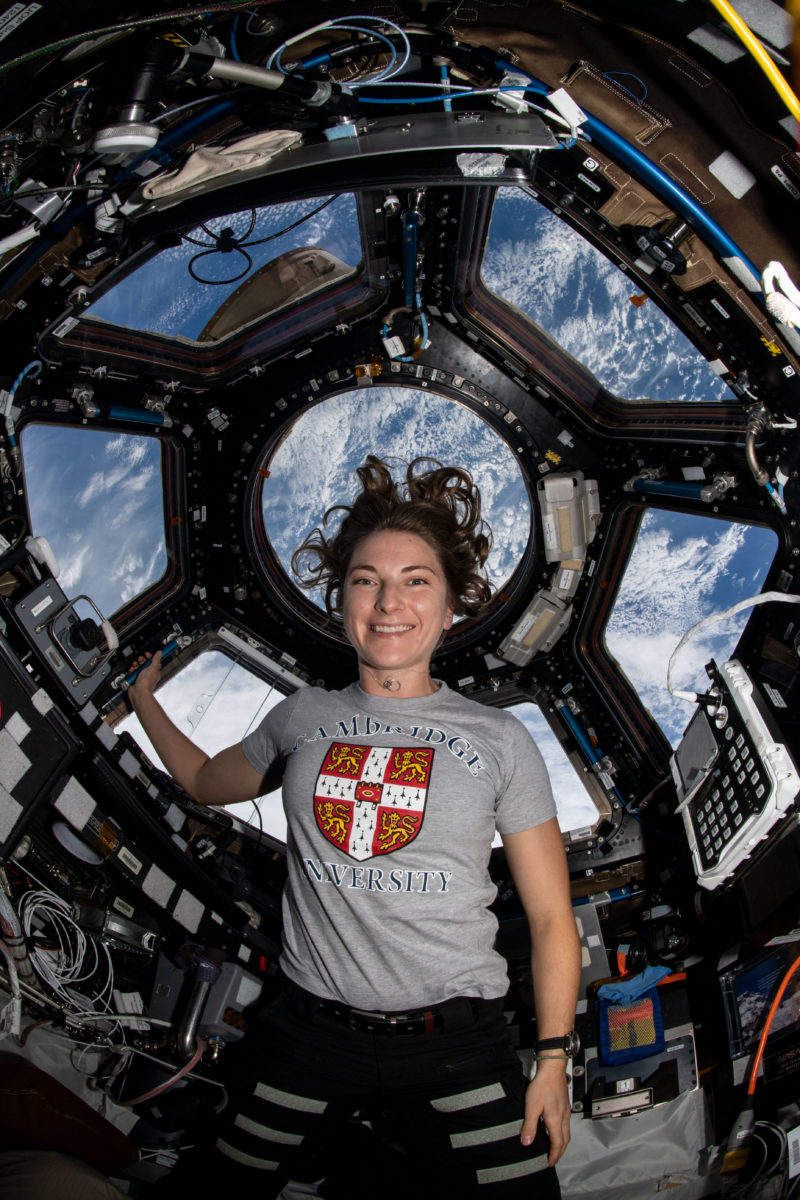
Three sessions of Extravehicular Activity (EVA), involving all four Crew-3 astronauts, also took place during their six-month increment. The first, last 2 December, saw veteran spacewalker Marshburn partner with Barron for six hours and 34 minutes to remove and replace a hard-failed S-band Antenna Subsystem Assembly (SASA) and attend to several get-ahead tasks. It gave Marshburn a new record as the oldest spacewalker in history.
“Most thrilling work site I’ve ever seen,” noted Marshburn, tweeting an image of his knock-kneed space-suited legs at the end of Canada’s Canadarm2 robotic arm. “Best thing is, the team got one of our communication antennas working again.”
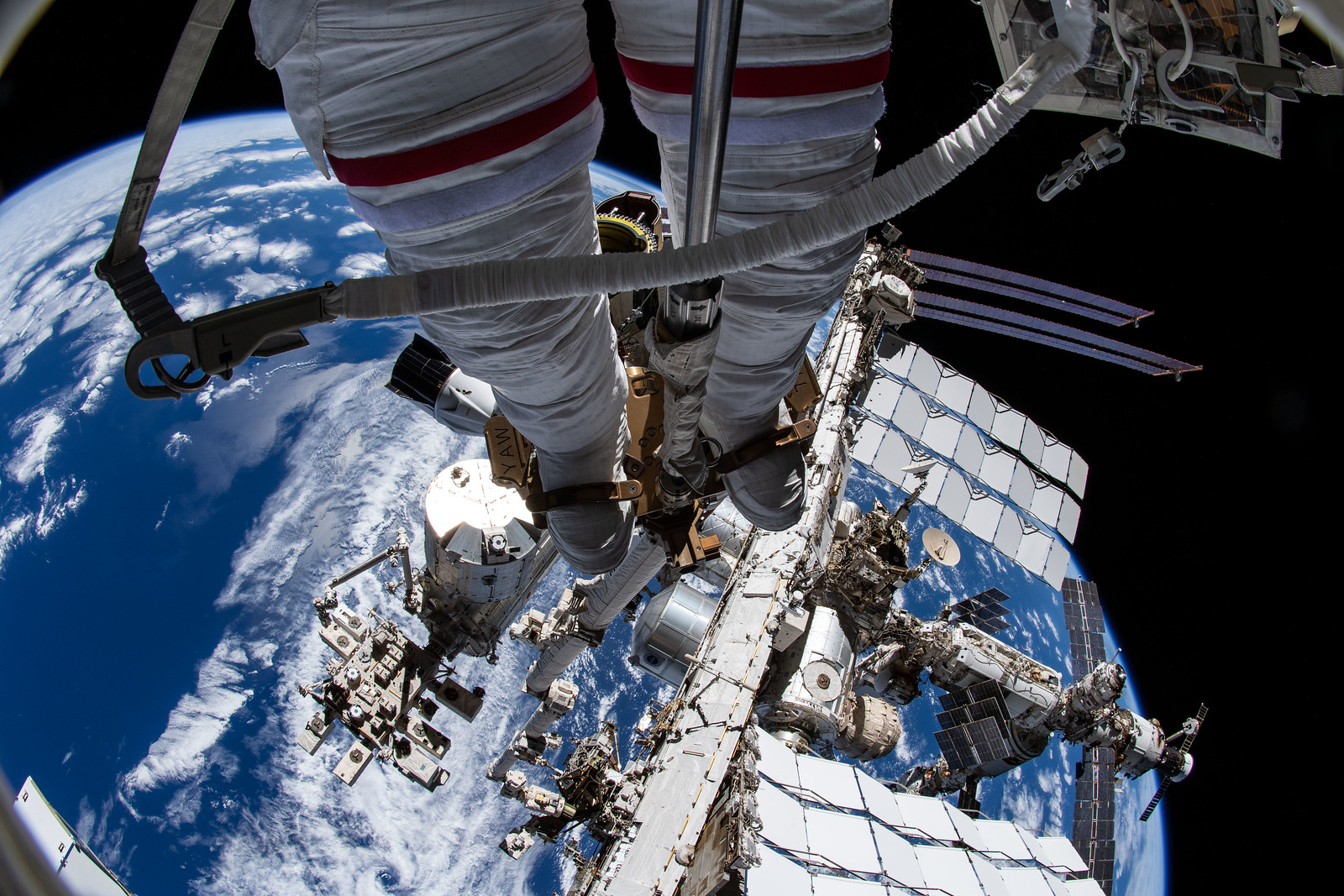
More recently, in mid-March, another pair of U.S. EVAs—the first by Barron and Chari, the second by Chari and Maurer—both ran to exactly the same duration: six hours and 54 minutes. The first prepared the station for the next set of Boeing-built ISS Roll-Out Solar Arrays (iROSAs), whilst the second tended to a mix of station upgrades, including the installation of hoses on a Radiator Beam Valve Module (RBVM) and a power and data cable to the Bartolomeo platform on Europe’s Columbus lab.
“Cameras don’t do it justice,” tweeted Chari after his first EVA, “but do give sense of how hard it can be to concentrate when there’s so much to look at.”
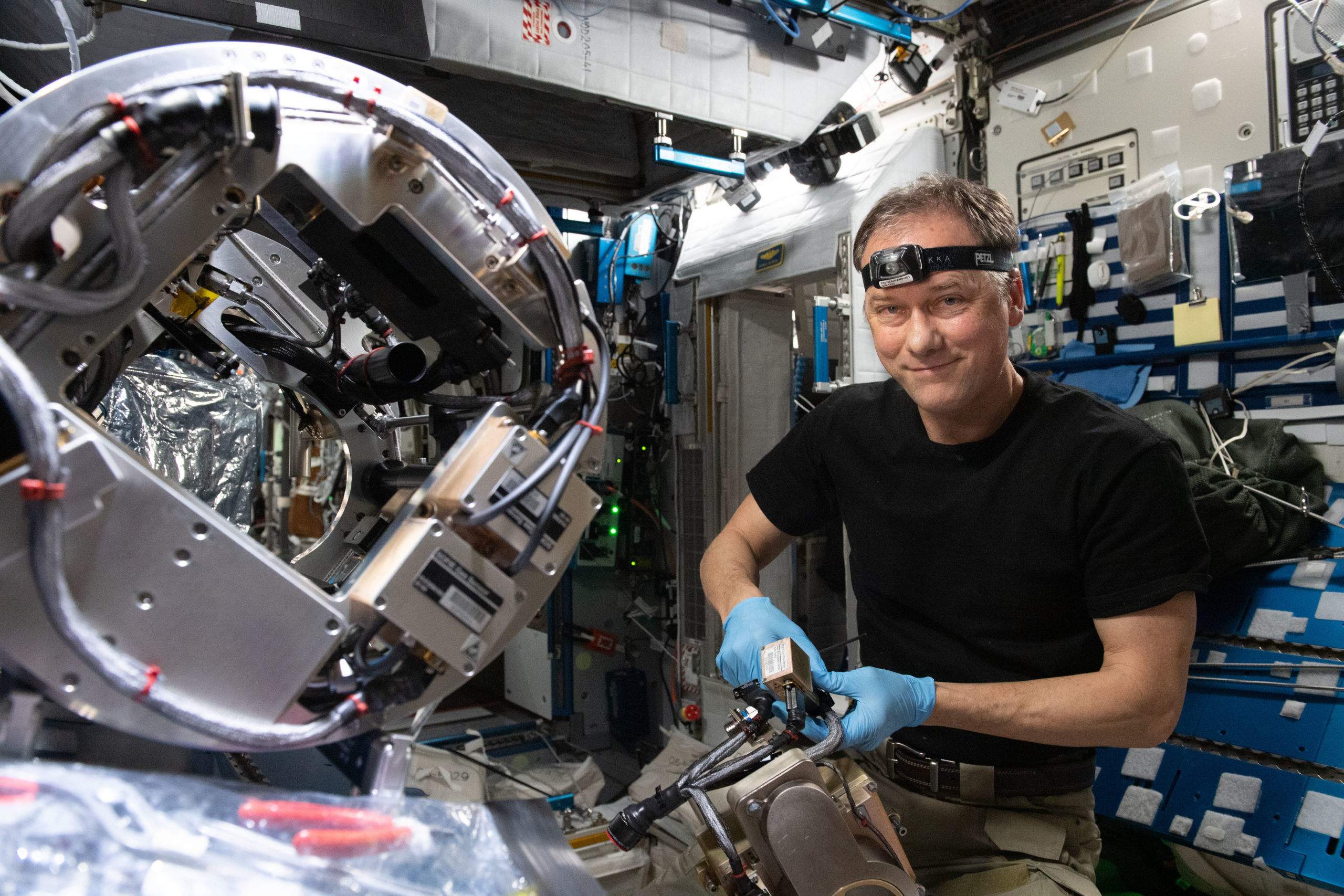
With their Crew-3 increment over, Marshburn has totaled over 31 hours of spacewalking time across five career spacewalks, whilst Barron has accrued 13 hours and 26 minutes and Chari 13 hours and 48 minutes on two EVAs apiece. Maurer, who became Germany’s fourth spacewalker, logged six hours and 54 minutes.
More than half of Crew-3’s increment was spent alongside Dubrov and Vande Hei, launched last April, who were jointly embarking on a 355-day space stay. “He’s made life better for Crew-3,” tweeted a grateful Chari, “whether it’s teaching patch-signing traditions or how to use the science glovebox.”
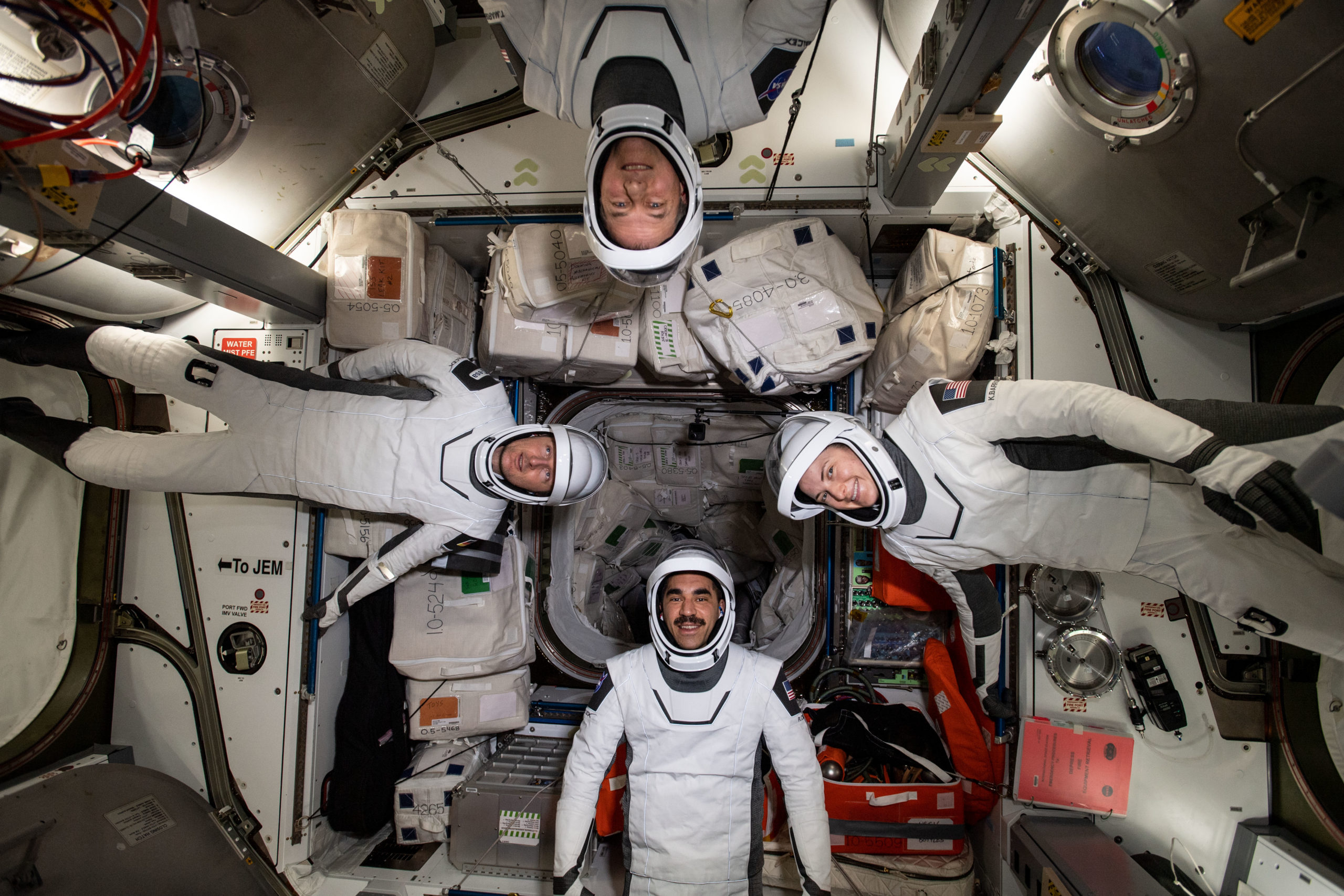
In mid-March, Soyuz MS-21 arrived, carrying—for the first time in the ISS era—an all-Russian crew of three cosmonauts: seasoned spaceflying veteran Oleg Artemyev and “rookies” Denis Matveev and Sergei Korsakov. On 30 March, Dubrov, Vande Hei and Shkaplerov (who had been aboard the station since last October) returned safely to Earth aboard Soyuz MS-19.
Shortly before departure, outgoing Expedition 66 skipper Shkaplerov handed command of the ISS over to Marshburn and Expedition 67 formally got underway when Soyuz MS-19 undocked. Marshburn’s five weeks in command notably included the Ax-1 visiting mission, which marked the first all-private crewed visit to the ISS.
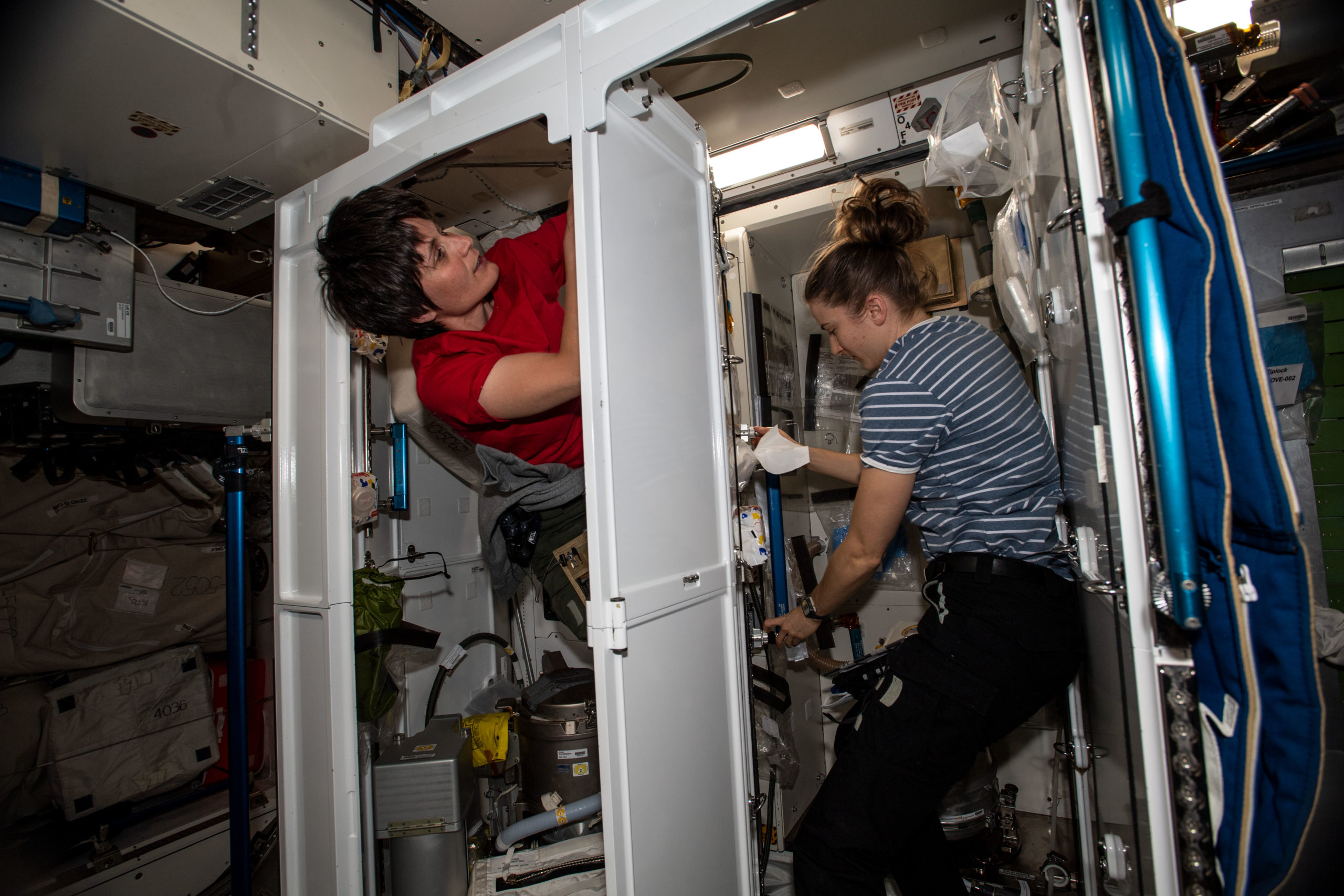
And just last week, a couple of days after Dragon Endeavour returned to Earth, Dragon Freedom roared aloft with Crew-4. The arrival of Lindgren, Hines, Cristoforetti and Watkins temporarily pushed the station’s population up to 11 members for a multi-day “direct handover” of operations.
But all good things must come to an end. “I’m looking forward to home,” Maurer tweeted last weekend, “but also getting a bit wistful that it’ll soon be time to say goodbye.”
On Wednesday, the 11-strong crew assembled for the formal change-of-command ceremony, as Marshburn relinquished the helm to Artemyev, who will lead Expedition 67’s second half until he returns to Earth in the fall. “A bit of a bittersweet moment for all of us,” Marshburn reflected, before passing the microphone to his crewmates.
Barron called it “a spectacular experience” and the “honor of a lifetime to contribute to the legacy of this incredible vessel”. Chari joked that he continued to make daily mistakes and Maurer waxed: “It’s the end of a six-month mission, but I think the space dream lives on.”
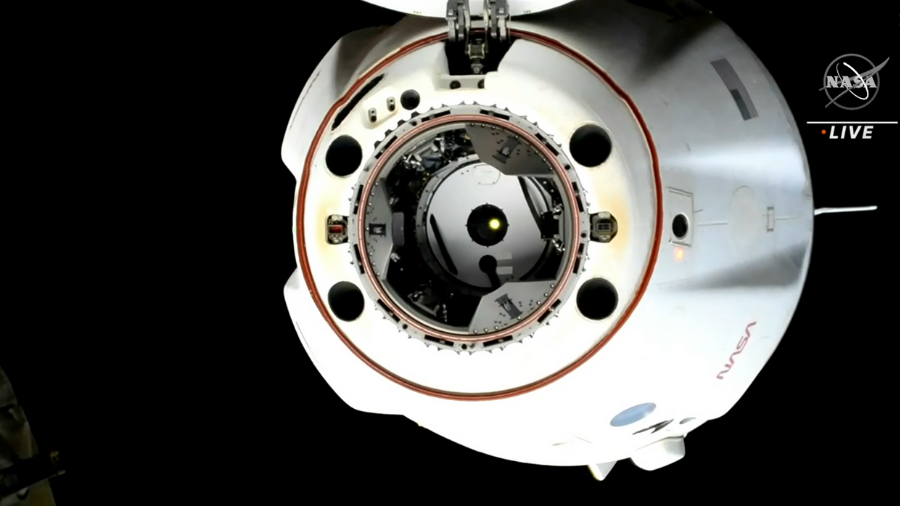
But perhaps the most touching words came from Artemyev, who received the ceremonial “key” to the ISS from Marshburn. Comparing the outgoing crew to his space brothers and space sister, the three-time veteran cosmonaut poignantly called for peace and friendship between their two countries. Though Artemyev did not directly allude to the war in Ukraine, it remains evidently on many minds.
Late Wednesday, hatches were closed for the final time and Dragon Endurance undocked at 1:20 a.m. EDT Thursday, as the ISS orbited 270 miles (435 kilometers) above Earth, just to the southeast of Australia. Following separation from the complex, the spacecraft initiated a series of departure “burns” of its Draco thrusters to set up the proper conditions for a re-entry and splashdown off the Florida Coast early Friday morning.
Just before midnight Thursday, Dragon Endurance discarded her trunk section and the deorbit burn committed Chari, Marshburn, Barron and Maurer to their hypersonic plunge through Earth’s atmosphere. Splashdown came at 12:43 a.m. EDT after 177 days, two hours and 40 minutes in flight, the second-longest orbital mission ever undertaken by a U.S. crewed vehicle.
It gave a six-month taste of space for Chari, Barron and Maurer at the start of their astronaut careers, whilst Marshburn—who is wrapping up his third spaceflight and second long-duration ISS increment—has now totaled more than 337 days. That positions Marshburn in tenth place on the list of most flight-seasoned U.S. spacefarers.




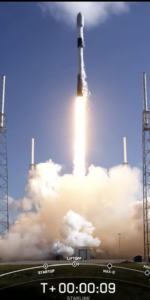
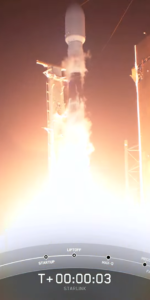
5 Comments
5 Pings & Trackbacks
Pingback:SpaceX Launches Next Starlink Batch, Heads Into Multi-Mission May - AmericaSpace
Pingback:OFT-2 Flies, Heads for Friday Space Station Docking - AmericaSpace
Pingback:SpaceX Launches Transporter-5 Rideshare , Wraps Up Multi-Mission May - AmericaSpace
Pingback:Crew-5 Launches Safely, Heads to Space Station - AmericaSpace
Pingback:Dragon Freedom Splashes Down, Wraps Up Six-Month Crew-4 Mission - AmericaSpace